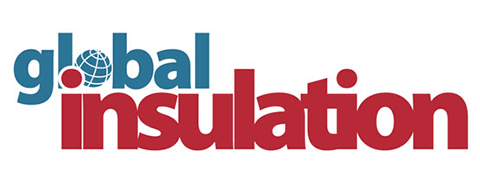Insulation industry news from Global Insulation
Vietnam eliminates use of ozone-depleting chemicals
23 October 2014Vietnam: Vietnam will completely abolish the use of more than 500t of hydrochlorofluorocarbon HCFC-141b, a chemical that damages the ozone layer, in the production of thermal insulation foam by the end of 2014.
The move is part of the country’s efforts to reduce the use of HCFC substances by 10% from 1 January 2015 onwards, according to Nguyen Van Tue, director of the Department of Meteorology, Hydrology and Climate Change under the Ministry of Natural Resources and the Environment.
Between now and 2019, Vietnam plans to cut the use of HCFC substances, mainly HCFC-22, by 900t from 3600t at present. The chemical is mainly used in refrigeration facilities. Van Tue added that that Vietnam had already successfully eliminated the import and use of CFCs, halons and CTCs, which are also ozone-depleting substances, between 1995 and 2010. As part of the project, Vietnam will choose alternative technologies and substances that are considered safe for the ozone layer and the climate, as set out by the Montreal Protocol on ODS.
To assist Vietnam’s efforts, the United Nations Industrial Development Organisation (UNIDO) worked with the department to design the project. UNIDO’s Representative in Vietnam, Patrick Gilabert, said that as part of the project UNIDO and equipment suppliers would deliver hydrocarbon technology to businesses that use refrigeration facilities.
China announces HCFC reduction cash
21 September 2011China: China is to allot USD265m to eliminate the use of hydrochlorofluorocarbons (HCFCs) according to a Ministry of Environmental Protection announcement. The country is the world's largest producer and consumer of the ozone-layer destroying chemicals, which are still routinely used in the developing world for a variety of uses, including thermal insulation materials.
As a developing country, by 1 January 2013 China is required to keep the production and use of HCFCs at a level equal to the average amount seen in 2009 and 2010. By 2015, the amount should be reduced to 90% of that seen in 2013. By 2030 their routine use should be given-up entirely, save for specific limited purposes such as maintenance.




